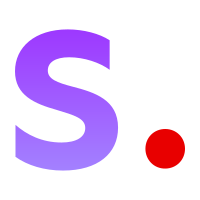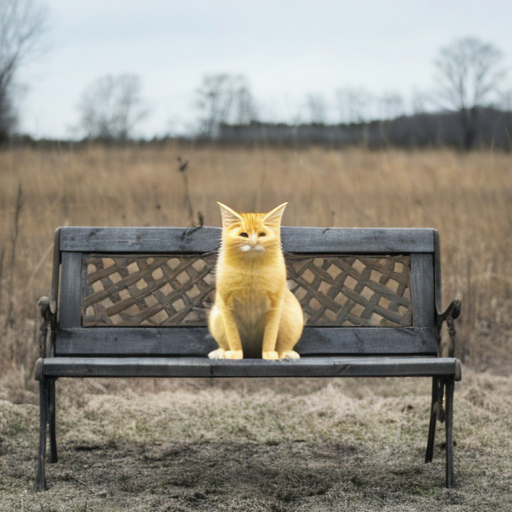Readme
This stable-diffusion-2-inpainting model is resumed from stable-diffusion-2-base (512-base-ema.ckpt) and trained for another 200k steps. Follows the mask-generation strategy presented in LAMA which, in combination with the latent VAE representations of the masked image, are used as an additional conditioning.
- Developed by: Robin Rombach, Patrick Esser
- Model type: Diffusion-based text-to-image generation model
- Language(s): English
- License: CreativeML Open RAIL++-M License
- Model Description: This is a model that can be used to generate and modify images based on text prompts. It is a Latent Diffusion Model that uses a fixed, pretrained text encoder (OpenCLIP-ViT/H).
- Resources for more information: GitHub Repository.
Intended use
See stability-ai/stable-diffusion for direct use, misuse, malicious use, out-of-scope use, limitations, and bias.
Training
Training Data
The model developers used the following dataset for training the model:
- LAION-5B and subsets (details below). The training data is further filtered using LAION’s NSFW detector, with a “p_unsafe” score of 0.1 (conservative). For more details, please refer to LAION-5B’s NeurIPS 2022 paper and reviewer discussions on the topic.
Training Procedure
Stable Diffusion v2 is a latent diffusion model which combines an autoencoder with a diffusion model that is trained in the latent space of the autoencoder. During training,
- Images are encoded through an encoder, which turns images into latent representations. The autoencoder uses a relative downsampling factor of 8 and maps images of shape H x W x 3 to latents of shape H/f x W/f x 4
- Text prompts are encoded through the OpenCLIP-ViT/H text-encoder.
- The output of the text encoder is fed into the UNet backbone of the latent diffusion model via cross-attention.
- The loss is a reconstruction objective between the noise that was added to the latent and the prediction made by the UNet. We also use the so-called v-objective, see https://arxiv.org/abs/2202.00512.

